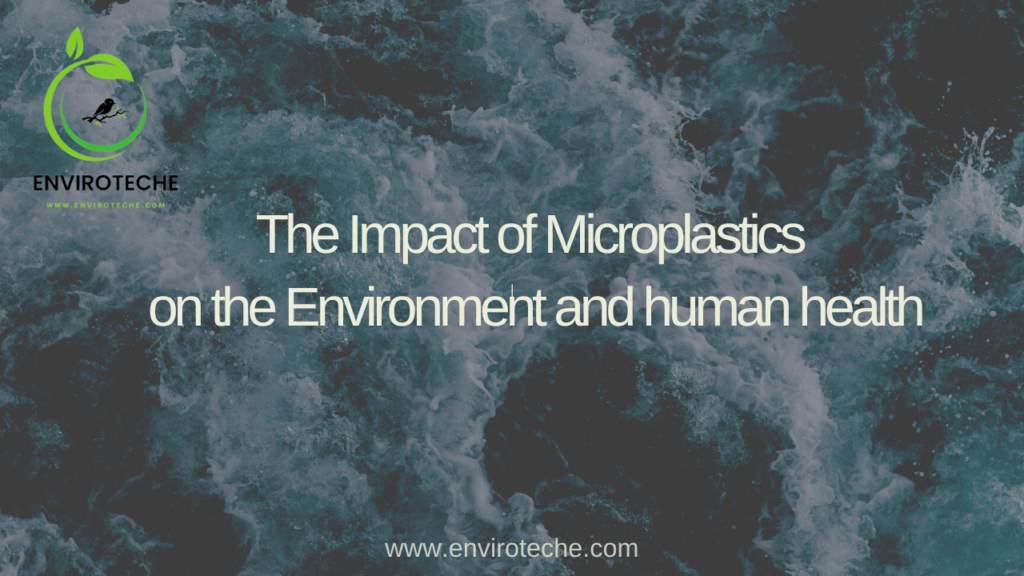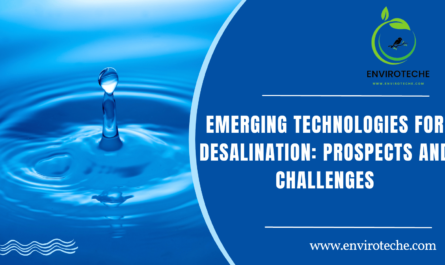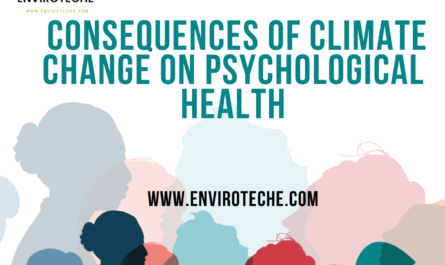
Shazma Ilyas1, Muhammad Ali Amir1
1Department of Environmental Sciences, Government College University Faisalabad
Introduction
All synthetic polymers and their byproducts smaller to 5 mm in size that are either released into the environment directly or are formed indirectly in it are collectively referred to as microplastics. Almost the past 60 years, we have produced almost 8.4 billion tons of plastic. Most of it is usually either immediately disposed of in dumps or our environment. Actually, only 9% of the plastic used today is recycled. The first considerable amount of microplastics in the world’s seas was discovered in 2004. One thing was made crystal evident by this fact: pollution from plastic does not simply go away. We have to cope with a tremendous, global environmental issue that is not “only” of plastic but additionally of microplastics (Thompson et al., 2004).
Sources of microplastics
Other sources of microplastics include synthetic clothing, city dust, tires, road markings, coastal coverings, personal care items, and manufactured plastic pellets. Common consumer goods make up the majority of the ocean’s primary sources of microplastics. When bigger plastic objects are exposed to the elements and begin to weather naturally, secondary microplastics begin to form. The water we drink & carbonated beverage bottles, fishing lines, plastic shopping bags, microwave containers, tea bags, and tire wear are a few examples of secondary microplastic sources.
Distribution of microplastics
Numerous marine animals, like mammals, sea birds, bivalves, fish , and crabs as well, as well as beaches, seabed sediments, and even surface waters, contain microplastics (De Witte et al., 2014, Gauquie et al., 2015). A second way that microplastics could enter the ocean is through zooplankton fecal pellets.
Impact on wildlife
A prevalent environmental pollutant that has an impact on animals is microplastics. Microplastics are becoming a common pollutant in freshwater, marine, and terrestrial ecosystems. They have been found in tissues of domesticated creatures as well as in fresh (raw) milk, deep sea sediments, and arctic ice. They can be ingested at every level of trophic hierarchy because to their compact and variable sizes, either directly (via ingesting or inhaling) or indirectly (by transmission across the food chain). Thus, the accumulation of microplastics and the compounds they are connected with along freshwater, terrestrial, and aquatic food chains may have detrimental long-term effects on ecosystems all over the world.
Impact on Human Health
Additionally, hazardous compounds can be absorbed by microplastics and then transported into your body. They essentially have the ability to absorb [chemicals] such as a sponge when they are in an environment. These substances include insecticides, fluorinated substances, flame retardants, and other known environmental contaminants. These compounds may be released into the body once there and may result in cancer, ongoing inflammation, or other unexplained negative effects.
Advancements in plastic pollution prevention
Over the past few decades, advances in environmental technology have developed and utilized a wide range of nanoparticles, including those involved in the identification of persistent contaminants, water and soil remediation, and water treatment. Materials science and engineering are investigating alternative sources for nanoparticle development as well as employing environmentally friendly synthesis techniques in an effort to boost the long-term viability of the steps involved in the manufacture of nanoparticles. By developing natural replacements and expanding the manufacturing of biodegradable plastics, emerging technologies such as nanotechnologies, genetic modification, and improved chemical processes can aid in the reduction of plastic pollution. Genetic engineering can be utilized to deal with plastics in a more efficient and environmentally responsible manner. ( Gondal et al., 2022)
The need for research
Like plastic products of any size, microplastics present a hazard because they are difficult to degrade into harmless molecules. Plastics can damage the ecosystem and take hundreds or even thousands of years to disintegrate.
Consumer Action
Humans can limit their influence on the contamination of microplastic by making sustainable decisions and pushing for legislative reform.
- Adopt a circular lifestyle. …
- Rethink your fashion and laundry choices. …
- Make sure your toiletries are plastic-free. …
- So no to plastic when shopping. …
- Roll up your sleeves and get cleaning. …
- Stop smoking. …
- Join the UN Environment Programme’s (UNEP’s) Clean Seas campaign.
Conclusion
In conclusion, the effects of microplastics that are on the ecosystem and human health are serious issues that need to be addressed right away. Microplastics are very small pieces of plastic that are found in air, soil, and water. They can have a negative impact on animals, the well-being of humans, and the environment.
References
Gauquie, J., Devriese, L., Robbens, J., & De Witte, B. (2015). A qualitative screening and quantitative measurement of organic contaminants on different types of marine plastic debris. Chemosphere, 138, 348-356.
Gondal, A. H., Bhat, R. A., Gómez, R. L., Areche, F. O., & Huaman, J. T. (2022). Advances in plastic pollution prevention and their fragile effects on soil, water, and air continuums. International Journal of Environmental Science and Technology, 1-16.
Thompson, R. C., Olsen, Y., Mitchell, R. P., Davis, A., Rowland, S. J., John, A. W., … & Russell, A. E. (2004). Lost at sea: where is all the plastic? Science, 304(5672), 838-838.
Check Other Schlorships:


Worthy reading